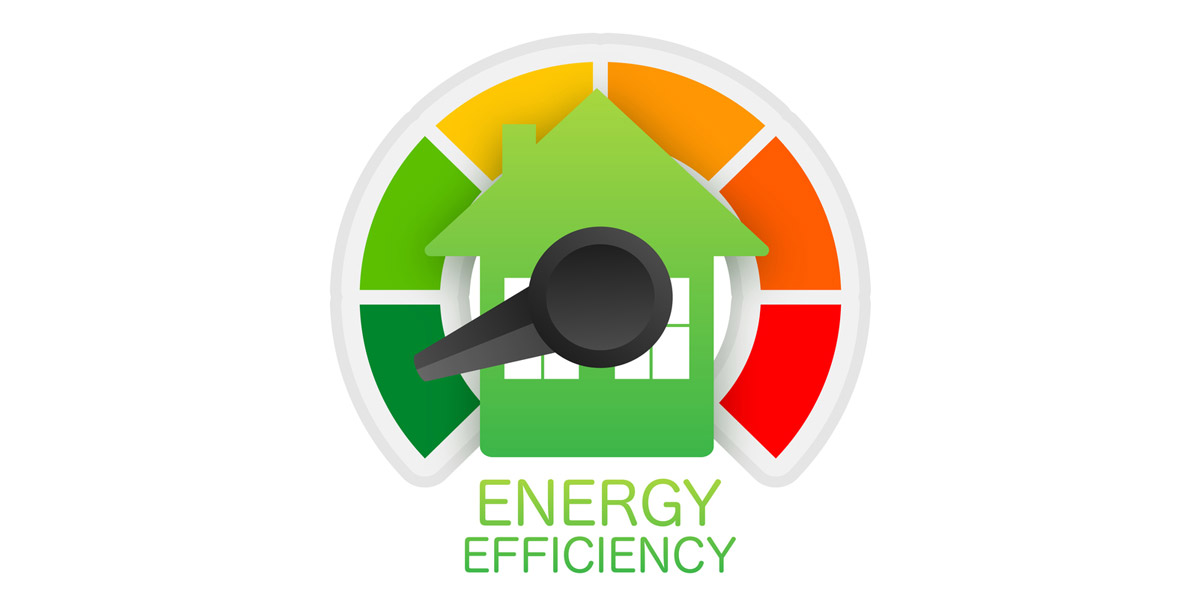It’s time for the July 4th holiday. It’s primetime for parties, parades, and outdoor gatherings with family and friends to celebrate Independence Day. If you’re having guests, you’ll want to be sure there are no unwanted surprises other than fireworks lighting up the sky. Before the celebrations begin, here are some key items to keep in mind with your air conditioning unit to run smoothly during the holiday.
Keep It Cool Indoors
Keep any sliding glass and screen doors closed to decrease indoor temperature fluctuations. Closing some of the blinds, shutters, and drapes will help keep your guests comfy.
Maintain Proper Humidity
Usually, humidity is thought of as a bad thing especially during summertime. Having some amount of humidity is important to keep your family and guests comfortable inside your house. Even though humidity levels outside can rise significantly during monsoons season to well over 50%, you’ll want to monitor your thermostat to keep the ideal range of humidity levels between 30% to 45%. If you have a smart thermostat installed, it’s easy to keep track of humidity levels in the app or on the thermostat screen.
Turn Up the Thermostat Slightly
You may want to turn up your thermostat a degree or two to take some pressure off your AC unit during this hot July 4th holiday. Frequently opening and closing outside doors can cause the unit to operate continuously. The benefit is you and your guests may not even notice the temperature difference and you’ll save some money on your next energy bill.
Schedule Regular Maintenance
Having your AC unit regularly serviced is the number one way to keep your air conditioning unit running smoothly. Like everything, the AC unit needs proper care and attention to run efficiently, saving you from unexpectedly large repair bills. It’s never too late to schedule servicing to help reduce the chances of your unit breaking down during summertime.
Contact Bruce’s to Keep Your Air Conditioning Unit Running Smoothly
Bruce’s has been dedicated since 1972 to delivering the best customer service and satisfaction in the Valley of the Sun. If you think your AC unit needs to be serviced or if you have any concerns about your HVAC system, contact us. Call our HVAC technicians today at 480-968-5652 to schedule an appointment. Our professionals are available 24/7/365 including holidays and weekends for your HVAC emergency needs. Happy Fourth of July to you and your family from Bruce’s!
















